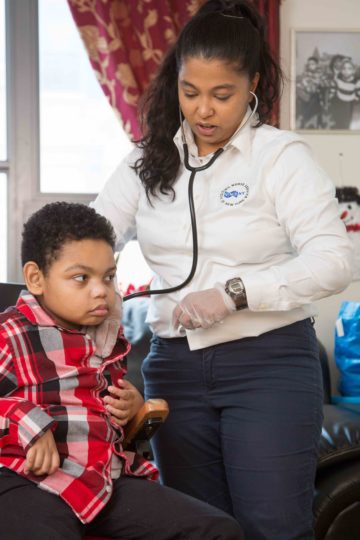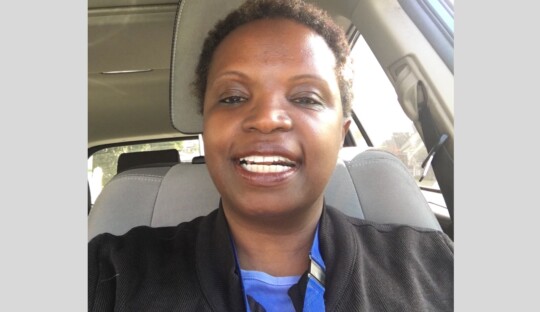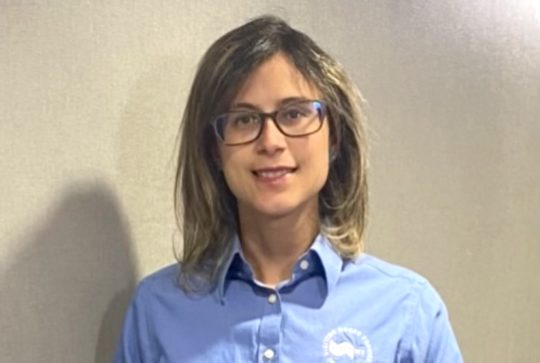The Challenges and Rewards of Working with High-Risk Mothers and Babies

While many people must search to find their true calling in life, VNSNY public health nurse Chitrawattie “Shama” Raghunath knew while still in nursing school that she wanted to work with children. For the past 10 years, the Guyana-born nurse has been with VNSNY’s Maternity, Newborn and Pediatrics (MNP) program, with a special focus on high-risk pre- and postpartum mothers and babies.
“I really love maternal and child health,” says Shama, who is a field nurse for MNP in Brooklyn, where about 60 percent of her cases involve high-risk babies or mothers. High blood pressure is a frequent risk for the mothers, yet getting them to monitor their blood pressure can be challenging. And because a lot of Shama’s patients are first-time mothers, they aren’t aware of the symptoms that can quickly spiral into emergency situations for their infant. Educating them and getting them to take prompt action—while also being careful not to frighten them—is a big part of her daily work.

Life can be overwhelming for new mothers, notes Shama, and it’s easy for them to miss the subtle warning signs that a trained MNP nurse immediately picks up on, including how dehydration can cause a baby to sleep a lot. That might feel like blessed relief to the parent, but dehydration, along with other fairly common signs such as a low-grade temperature or mild respiratory distress, can quickly turn serious and land the baby in the hospital. “Sometimes just a few ounces of liquid can spell the difference between an infant who’s okay and one who is at risk,” she says.
Shama recalls one baby who was running a slight fever and wasn’t really drinking, and whose tone looked off. Those observations, coupled with her well-honed intuition, told her something was wrong and that it might escalate. “I stayed with the mom, who had younger siblings of her own in the house, to see if there was any improvement, but there wasn’t,” says Shama. “Finally, I told her she had to go to the emergency department.”
Without someone to watch the other children, however, the mother hesitated. Shama kept repeating that they needed to make sure the baby was fine. Finally, the woman thought of a neighbor she could call to watch her siblings, and took her baby to the ED. Staying in touch via text, Shama learned that the baby did indeed have an internal infection. Thanks to Shama and the mother’s preemptive action, the doctors were able to prevent it from getting worse. “I just kept saying, ‘We need to check this out,’” adds Shama. “It’s a delicate balance between being firm and empathetic.”



